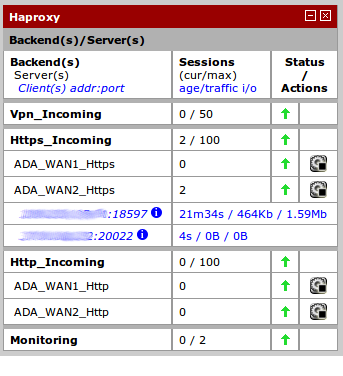How To Install Pfsense Packages Offline Printer
(20180226 – This post has been amended to reflect changes in pfSense version 2.4.2 — iceflatline) This post will describe how to install and perform initial configuration of for use in a home network. PfSense (i.e., “making sense of packet filtering”) is a customized version of tailored specifically for use as a perimeter firewall and router, and managed almost entirely from a web-based GUI (“webConfigurator”). In addition to being a firewall and router, pfSense includes a long list of other features, as well as a package system allowing its capabilities to be expanded even further. PfSense is free and open source and its source code is released under the BSD license. So, let’s get started Hardware Considerations Minimum requirements The for pfSense include a 500 MHz CPU, 512 MB of system RAM, 1 GB hard drive, and a minimum of two Network Interface Controllers (NIC). You’ll also need a CD-ROM drive or bootable USB drive in order to install pfSense to the hard drive.

Epson Stylus Photo R230 Driver For Windows 8 64 Bit Hp 2820h Audio Driver on this page. here. These requirements are extremely modest, but unless your data throughput requirements are fairly small, you’re likely going to want to use hardware offering a little better performance. Since a major contributor to throughput performance is the system’s CPU, let’s start there.
This article will guide you through the basic instructions on how to install and configure pfSense version 2.1.5 in a home/office network and offers few basic recommendations which is based on my experience.
PfSense published guidelines for CPU sizing recommends the following:• 10-20 Mbps – a modern (less than 4 year old) Intel or AMD CPU clocked at at least 500MHz • 21-50 Mbps – a modern 1. Install Openssl Php Extension Centos Version more. 0 GHz Intel or AMD CPU • 51-200 Mbps – No less than a modern Intel or AMD CPU clocked at 2.0 GHz. Installer Imprimante Hp Officejet G55 Manual here. Server class hardware with PCI-e network adapters, or newer desktop hardware with PCI-e network adapters • 201-500 Mbps – server class hardware with PCI-X or PCI-e network adapters, or newer desktop hardware with PCI-e network adapters. No less than 2.0 GHz CPU • 501+ Mbps – Multiple cores at >2.0GHz are required. Server class hardware with PCI-e network adapters Your choice of NICs will also have a significant impact on reliability and throughput performance. Low cost NICs, notwithstanding the potential long term reliability concerns, tend to rely much more on the system CPU to process segments and packets compared to their higher priced counterparts. Consequently, the better the NIC, the better the throughput performance you can expect from a given CPU.